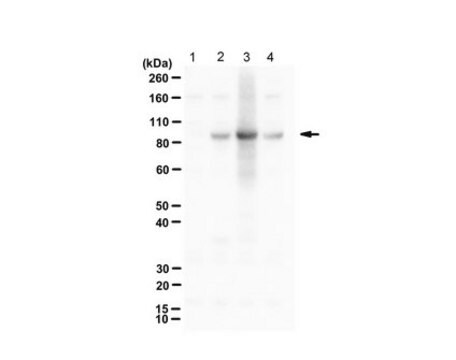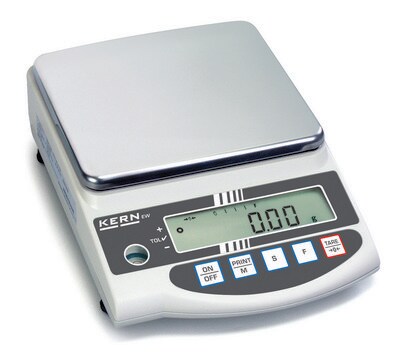MABC1092
Anti-ASPP2 (TP53BP2) Antibody, clone DX54.10
clone DX54.10, from mouse
Sinonimo/i:
Apoptosis-stimulating of p53 protein 2, Bcl2-binding protein, Bbp, Renal carcinoma antigen NY-REN-51, Tumor suppressor p53-binding protein 2, 53BP2, p53-binding protein 2, p53BP2
About This Item
Prodotti consigliati
Origine biologica
mouse
Livello qualitativo
Forma dell’anticorpo
purified antibody
Tipo di anticorpo
primary antibodies
Clone
DX54.10, monoclonal
Reattività contro le specie
human
Confezionamento
antibody small pack of 25 μL
tecniche
immunocytochemistry: suitable
immunohistochemistry: suitable (paraffin)
immunoprecipitation (IP): suitable
western blot: suitable
Isotipo
IgG1κ
N° accesso UniProt
Condizioni di spedizione
ambient
modifica post-traduzionali bersaglio
unmodified
Informazioni sul gene
human ... TP53BP2(7159)
Categorie correlate
Descrizione generale
Specificità
Immunogeno
Applicazioni
Immunohistochemistry Analysis: A representative lot detected ASPP2 (TP53BP2) in Immunohistochemistry applications (Wang, Y., et. al. (2014). Nat Cell Biol. 16(11):1092-104).
Immunocytochemistry Analysis: A representative lot detected ASPP2 (TP53BP2) in Immunocytohemistry applications (Wang, Y., et. al. (2013). Cell Death Differ. 20(4):525-34; Wang, Y., et. al. (2014). Nat Cell Biol. 16(11):1092-104).
Western Blotting Analysis: A representative lot detected ASPP2 (TP53BP2) in Western Blotting applications (Wang, Y., et. al. (2013). Cell Death Differ. 20(4):525-34; Samuels-Lev, Y., et. al. (2001). Mol Cell. 8(4):781-94).
Apoptosis & Cancer
Qualità
Western Blotting Analysis: A 1:125 dilution of this antibody detected ASPP2 in lysates of U2OS cells transfected with siRNA to knock down iASPP and in RISC-free U2OS cells.
Descrizione del bersaglio
Stato fisico
Stoccaggio e stabilità
Altre note
Esclusione di responsabilità
Non trovi il prodotto giusto?
Prova il nostro Motore di ricerca dei prodotti.
Codice della classe di stoccaggio
12 - Non Combustible Liquids
Classe di pericolosità dell'acqua (WGK)
WGK 1
Certificati d'analisi (COA)
Cerca il Certificati d'analisi (COA) digitando il numero di lotto/batch corrispondente. I numeri di lotto o di batch sono stampati sull'etichetta dei prodotti dopo la parola ‘Lotto’ o ‘Batch’.
Possiedi già questo prodotto?
I documenti relativi ai prodotti acquistati recentemente sono disponibili nell’Archivio dei documenti.
Il team dei nostri ricercatori vanta grande esperienza in tutte le aree della ricerca quali Life Science, scienza dei materiali, sintesi chimica, cromatografia, discipline analitiche, ecc..
Contatta l'Assistenza Tecnica.







